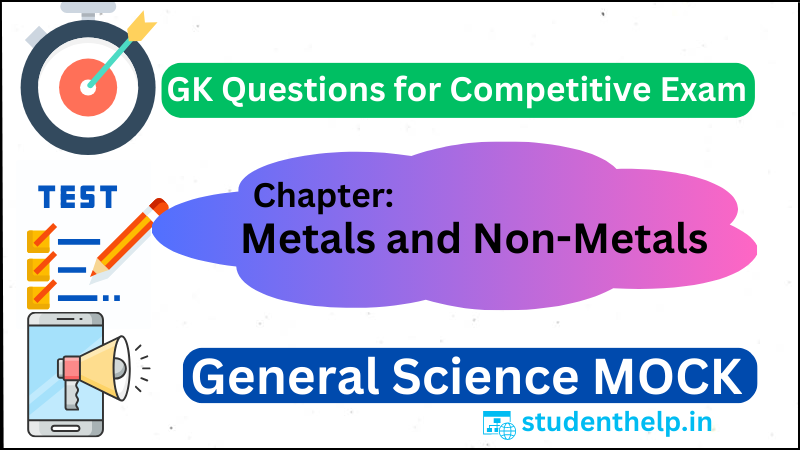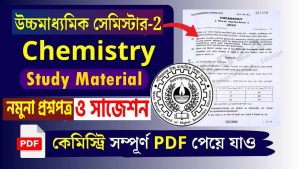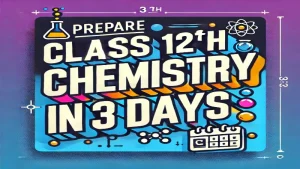Metals and Non-Metals General Science General Knowledge MCQ Mock Question.
Table of Contents
ToggleMetals and Non-Metals GK Question
Q1. Which metals do not corrode easily ?
Show Answer
Answer:
Gold and Platinum.
Q2. Which of the following pairs will give displacement reactions ?
(a) NaCl solution and copper metal.
(b) MgCl2 solution and aluminium metal.
(c) FeSO4 solution and silver metal.
(d) AgNO3 solution and copper metal
Show Answer
Answer:
(d) AgNO3 solution and copper metal.
Q3. Which of the following methods is suitable for preventing an iron frying pan from rusting ?
(a) Applying grease
(b) Applying paint.
(c) Applying a coating of zinc
(d) All the above.
Show Answer
Answer:
(c) Applying a coating of zinc.
Q4. An element reacts with oxygen to give a compound with a high melting point. This compound is also soluble in water. The element is likely to be
(a) calcium
(b) carbon
(c) silicon
(d) iron
Answer:
(a) Calcium.
Show Answer
Answer:
(a) Calcium.
Q5. Food cans are coated with tin and not with zinc because
(a) zinc is costlier than tin
(b) zinc has a higher melting point than tin
(c) zinc is less reactive than tin
(d) zinc is more reactive than tin.
Show Answer
Answer:
(d) Zinc is more reactive than tin.
Q6. In the electrolytic refining of a metal M, what would you take as the anode, the cathode and the electrolyte ?
Show Answer
Answer:
Cathode – Pure metal
Anode – Impure metal
Electrolyte – Metal salt solution
Q7. The most abundant metal in the earth’s crust is
(a) Iron
(b) Aluminium
(c) Calcium
(d) Sodium
Show Answer
Answer: b
Q8. The poorest conductor of heat among metals is
(a) Lead
(b) Mercury
(c) Calcium
(d) Sodium
Show Answer
Answer: a
Lead is a poor conductor of heat compared to other metals like copper, tungsten, and mercury. The formation of lead oxide further decreases lead’s ability to conduct heat thous work as an insulator.
Answer: a
Show Answer
Show Answer
Show Answer
Show Answer
Show Answer
Show Answer
Show Answer
Show Answer
Show Answer
Some Important Point
- Platinum, gold and silver are used to make jewellery.
- Sodium, potassium and lithium are stored under oil.
- Aluminium is a highly reactive metal, yet it is used to make utensils for cooking.
- Carbonate and sulphide ores are usually converted into oxides during the process of extraction.
- Metals form basic oxides or amphoteric oxides with oxygen
- Non-metals form acidic or neutral oxides with oxygen.
- Copper is used to make hot water tanks and not steel (analloy of iron).
- Amphoteric oxides are the oxides, which react with both acids and bases to form salt and water. E.g. ZnO and Al2O3.
- Metals are electropositive in nature. They readily lose electrons. These electrons reduce the protons liberated from the acid to liberate hydrogen gas, where as non-metals possess a tendency to gain electrons and hence they do not furnish electrons to protons liberated from acids. Hence H2 gas is not liberated.
- Metal which is the best conductor of heat is Pure silver.
- Gallium has a very low melting point
- Silver and gold do not react with oxygen even at high temperature.
- Hydrogen gas is not evolved when most metals react with nitric acid. It is because HNO3 is a strong oxidising agent. It oxidises the H2 produced to water and itself gets reduced to any of the nitrogen oxides (N2O, NO, NO2)
- When an iron nail is dipped in copper sulphate solution, then the blue colour of copper sulphate fades gradually and a reddish brown coating is formed on the iron nail.
- Gallium and caesium have so low melting points that they melt even on keeping them on palm.
- On heating mixture of cuprous oxide and cuprous sulphide, copper and sulphur dioxide are produced.
Bronze is the first discovered alloy. Its composition is copper (90%) and tin (10%).









Halpfull